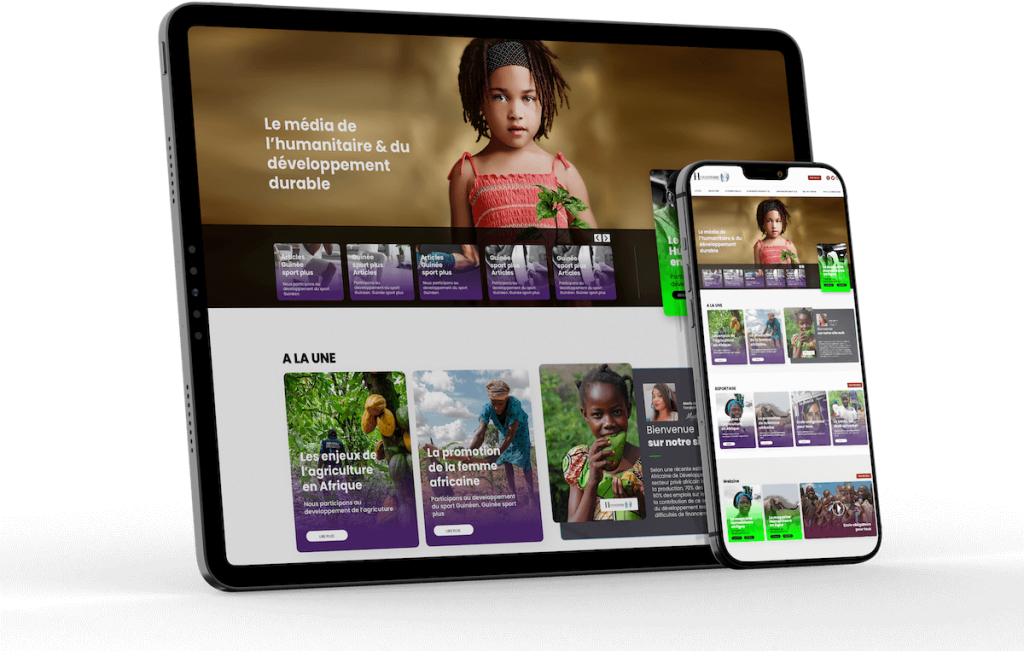Wednesday 22 March 2023
United Nations – USA
Water shortages, lack of drinking water, increasing droughts and floods… Billions of people are already affected by water-related problems, with an “imminent” risk of a global crisis.
Here are the main figures compiled by the UN-Water platform, which is publishing its report on the occasion of the opening of a conference on water in New York on Wednesday 22 March 2023.
Shortages
Water use has increased by about 1% per year worldwide over the past 40 years.
To meet this thirst, humans are turning to groundwater, sometimes with excessive extraction: between 100 and 200 km3 of groundwater reserves are depleted each year.
About 10% of the world’s population lives in a country where water stress (the ratio of water use to water availability) is high or critical, “significantly” limiting the availability of water for human needs.
And according to the UN climate experts’ report (IPCC) published on Monday, “about half the world’s population” is experiencing “severe” water shortages for at least part of the year.
According to the World Bank, these water shortages, exacerbated by climate change, could cost up to 6% of GDP in some regions by 2050 due to impacts on agriculture, health, income, and potentially forced migration and even conflict.
City versus agriculture
Agriculture uses more than 70% of the world’s water resources, but with urban demand expected to increase “by 80% by 2050, supplying water to urban centers from rural areas has become a common strategy” to meet these new needs, the UN notes.
But this is unlikely to be enough. The number of urban dwellers threatened by water shortages is expected to rise from 933 million in 2016 to between 1.7 and 2.4 billion in 2050, according to UN-Water, which notes that India is expected to be the most severely affected country.
Extremes
As the world warms, humidity in the atmosphere increases by about 7% per degree, leading to more intense and less regular rainfall.
Between 2000 and 2019, floods are estimated to have caused $650 billion in damage, affected 1.65 billion people and caused more than 100,000 deaths, the report said.
Global warming also increases droughts, which over the same period affected 1.43 billion people and caused $130 billion in damage.
Together, droughts and floods account for more than 75% of the natural disasters suffered by humanity.
Sanitation and hygiene
In 2020, 2 billion people (26% of the population) still lacked access to safe drinking water and 3.6 billion (46% of the population) lacked access to safely managed sanitation services, including 494 million who had no choice but to relieve themselves in the open.
Also, in 2020, more than 40% of domestic wastewater was not treated safely before being released into the environment.
In addition, 2.3 billion people (29% of the world’s population) lacked basic sanitation, including 670 million without any handwashing facilities. And at least two billion people drink water contaminated with faeces.
Conditions conducive to the spread of cholera, dysentery, or polio. In 2019, 1.4 million deaths are estimated to have been caused by the lack of adequate sanitation and hygiene services.
But risks also come from emerging pollutants such as pharmaceuticals and chemicals, pesticides or nanomaterials.
Ecosystems
This pollution also affects freshwater ecosystems, which are particularly affected by agricultural runoff.
These ecosystems are “among the most threatened in the world”, notes the report, which mentions the disappearance of more than 85% of wetlands.
And “the loss of environmental services and biodiversity is expected to continue as natural areas are lost to cultivated land”. There is a risk of “significant” greenhouse gas emissions when peatlands are “drained and converted to cropland”.
Funding
Estimates are difficult, but one study cited by the report puts the investment needed to meet the UN’s sixth “Sustainable Development Goal” on water and sanitation for all at more than $1 trillion per year by 2030.
In particular, to ensure universal and equitable access to safe drinking water by 2030, current levels of investment would need to be tripled.
abd/rle/jmi/ico/pa
Agence France-Presse




